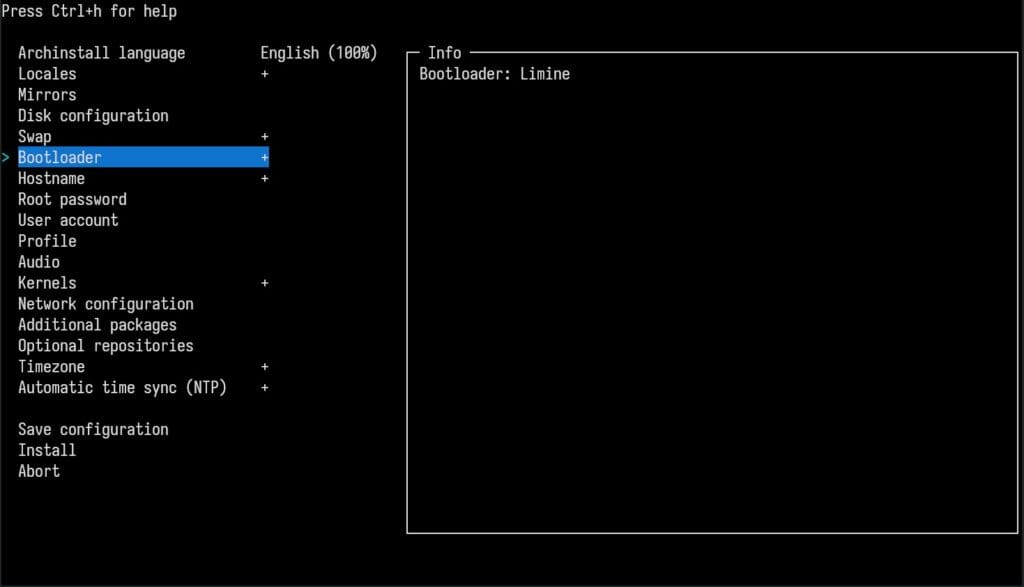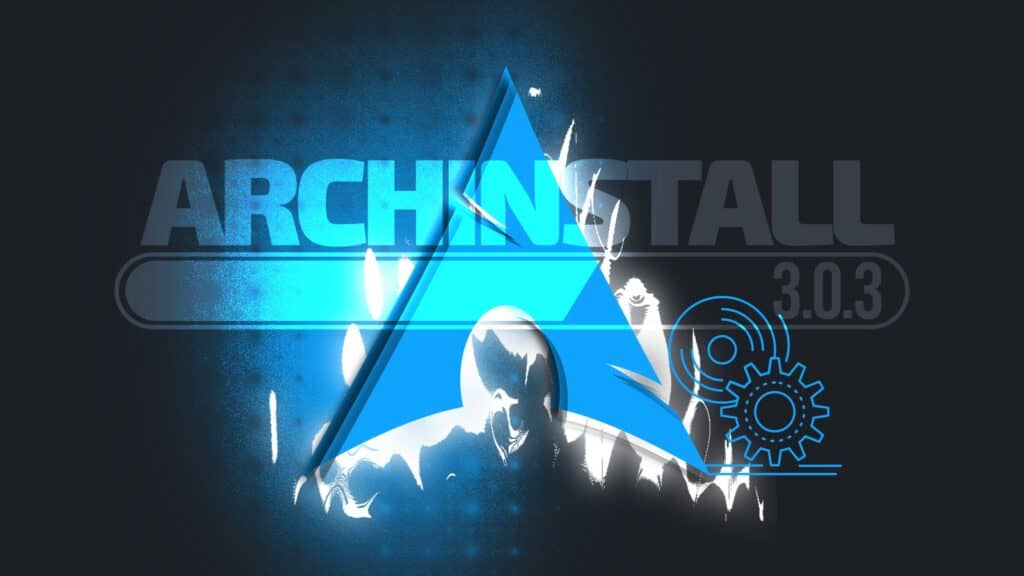Archinstall 3.0.3, a guided user-friendly TUI (Text User Interface) installer for Arch Linux that aims to simplify the setup process for new users while preserving the flexibility and control seasoned Linux users expect, has just been released.
One of the most noticeable shifts in this update is the replacement of Sway with Hyprland in the profile seat selection. Moreover, the development team has introduced more reliable handling of partitioning and LVM preparations.
Specifically, the newly consolidated preparation process aims to streamline disk partition tasks—ensuring a smoother, more intuitive experience for users who prefer advanced configurations. The default partition table code has likewise been revamped.
The developers also made a series of bootloader improvements. For instance, they stopped forcing the installation of GRUB on BIOS setups unless it was specifically chosen as the bootloader.

In addition, there is now support for Unified Kernel Image (UKI) with Limine for those who prefer alternative boot solutions. Meanwhile, a fix for version parsing on local branches helps keep the installation process consistent across different development scenarios.
Archinstall 3.0.3 also addresses concerns about device wipe status visibility. The partitioning information is now clearly shown, enabling users to stay well-informed about their drives’ setup state.
Another noteworthy enhancement involves manual partitioning: the system will accurately indicate device wipe status, preventing unwanted surprises during installation. Additionally, mirror and region definitions have been refined, reducing potential hiccups when selecting repositories in various parts of the globe.
On the security side, Archinstall no longer writes passwords to the command log or temporary directories, and it ensures the user’s credentials are not inadvertently saved. It even disallows non-ASCII characters in user inputs, minimizing the possibility of malformed parameters that could trigger unexpected errors.
Lastly, Nvidia driver installation has been fine-tuned for more seamless hardware integration, especially for those running dedicated graphics cards. Plus, this version adds greater clarity to administrators managing multiple user accounts when a user is placed in the wheel group (i.e., only when designated as a sudo user).
For more information, see the changelog.
